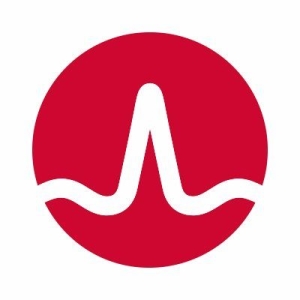Service and Support
Symantec Data Center Security customer service elicits mixed reactions. It is praised for being fantastic by some, while others face regional shortages in India. Support quality is inconsistent, influenced by personnel changes post-Broadcom transition, with reports of insufficient speed and expertise. Some users encounter known issues but receive effective solutions once identified. Support responsiveness varies, sometimes being efficient and at times insufficiently quick, especially when compared to competitors. Users often supplement support with in-house problem-solving or consultants.
Deployment
Many users found Symantec Data Center Security's setup straightforward, though complexity arose with dependencies, policy configuration, and SQL knowledge. Deployments varied by environment, often requiring collaboration with other teams. Timeframes ranged from hours to months, influenced by operational demands and infrastructure. Installation was easy, but managing server restarts in production posed challenges. Companies executed thorough testing and resource assessments before full deployment, and support for different deployment models provided flexibility based on requirements.
Scalability
Symantec Data Center Security appears scalable for large enterprises. While many find it effective in handling thousands of users and non-working stations, some express concerns about its manageability, highlighting complexity in monitoring across extensive server networks. Several users mention ease of scaling, but note room for improvement compared to other options, giving it a moderate to high scalability rating. Some find its built-in features sufficient without needing additional scalability enhancements.
Stability
Symantec Data Center Security shows mixed stability. Some find it stable with few issues, while others experience significant problems, especially on non-Windows systems, leading to disrupted operations. Many users note that hardware compatibility and version upgrades can pose challenges. There is praise for reliability on Windows and its simplicity in agent components. Stability ratings vary widely, from two to nine out of ten.




